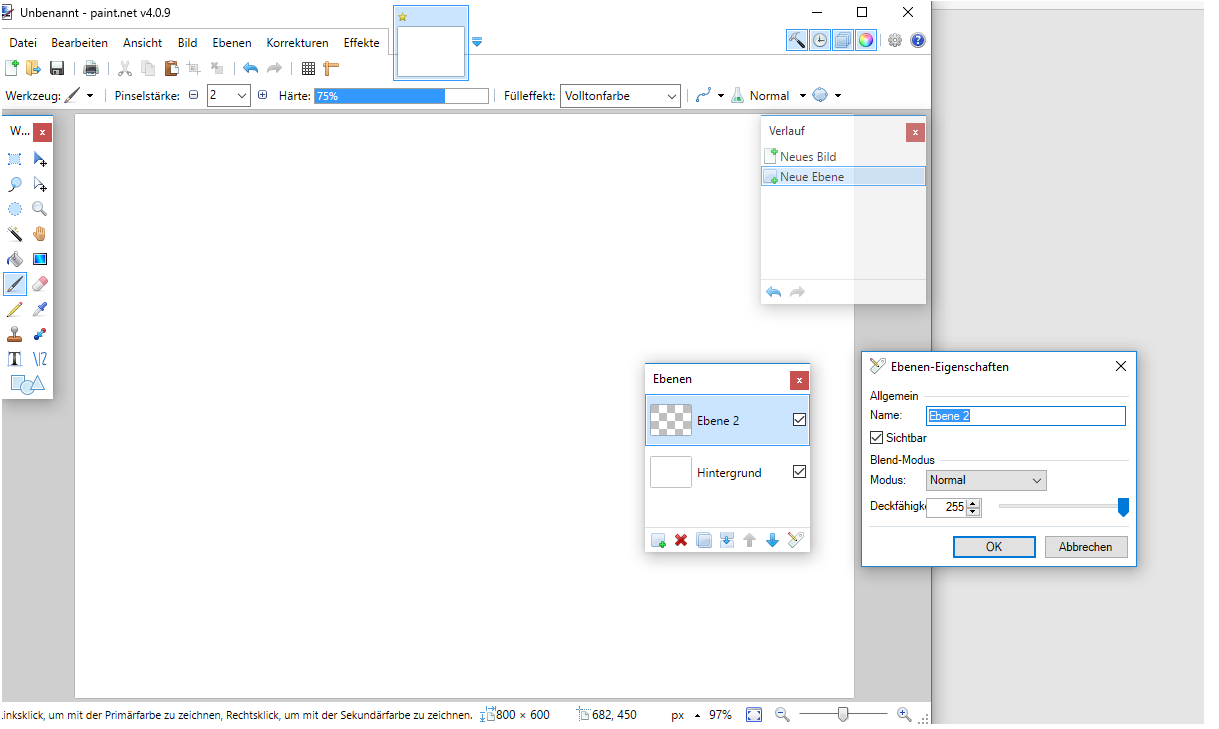

Click one to apply the blend mode to the layer. Layer Blend Modes In the dialog the Blend Mode drop-down list offers 14 blend modes. Moving the Curves saturation point (at the top of the curves) and the speed with which it declines allows you to tweak just how much of the edges of the image are transparent and how much. Double-clicking the layer in the Layers Window is an alternative method of opening the same dialog. Uncheck Show Layer Mask to see the transparency applied. Rapidly declining to the left, causing most of the bright pixels toīecome completely white (ie. In the Curves dialog, make the curve flat along the top & then.
#Transparency in paint.net software#
Now that you’ve downloaded and installed the software on your system, follow these simple steps to make the background transparent. Read on to find out how you can make backgrounds transparent using. If you omit this, you can see the transparency is a great open source image editing software that you can use for the purpose. Optional: right-click "image" and Show Layer Mask (should show you Do this by clicking an area of the image while holding down the Ctrl key. To use the Clone Stamp, first set the source point where the pixels will be copied from. The source and destination can be on the same layer or different layers within the same image. Then you could 'paint transparency' onto pixels in the active working layer. ff7C3038 is the original solid colour with ff being the transparency value. This tool is used to copy regions of pixels from one location to another. It is possible to set your color to zero Alpha - Transparency, and Overwrite blending.

Select the Magic Wand icon from the Toolbox. The color mode allows you to choose the beginning and end color and the effect is solid. Paste it onto the Alpha channel of "image" (click on the right thumbnail Click Open to open the image in which you want to insert a transparent area or a transparent background. Copy all of "image alpha" (in "image alpha" layer, Select All & Copy).Right-click the "image" layer and Add Alpha (if not already done).Duplicate the "image" layer to a new layer called "image alpha" (with the Duplicate Layer button in the Layers Dialog).Starting with a layer with the original image on it called "image".In a nutshell I copied a grayscale version of the original image into it's Layer Mask/Alpha Channel, and then used Curves on the Alpha Channel to make most of the image opaque while adjusting how translucent the edges should be. Here's a useful GIMP technique I recently used for this - probably similar to "Color To Alpha" (Color To Alpha was greyed out for me, even though I was in RGB mode), but this method gave me some useful customization for how "soft" i wanted the edges to come out (as opposed to magic wand techniques which leave a thin black border around the image, rather than making the edges partially transparent).


 0 kommentar(er)
0 kommentar(er)
